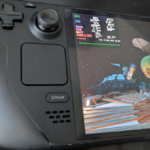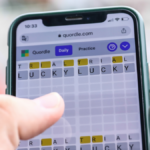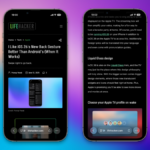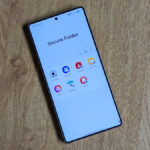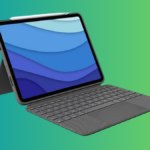Exploring ChatGPT Models: A Guide for Creatives
In the realm of content creation, utilizing ChatGPT has become a daily practice, whether it’s for brainstorming ideas, conducting research, or drafting emails and video scripts. Since its release to the public 2.5 years ago, OpenAI has introduced 16 distinct models of ChatGPT, which has generated excitement as well as some confusion among users.
The naming conventions for these models can be perplexing. OpenAI’s strategy for model naming and versioning has adapted over time to highlight advancements in efficiency, cost-effectiveness, reasoning skills, and multimodal functionalities. Users can choose from various models via the drop-down menu in ChatGPT, yet many may remain uncertain about when and why to utilize different models for specific tasks.
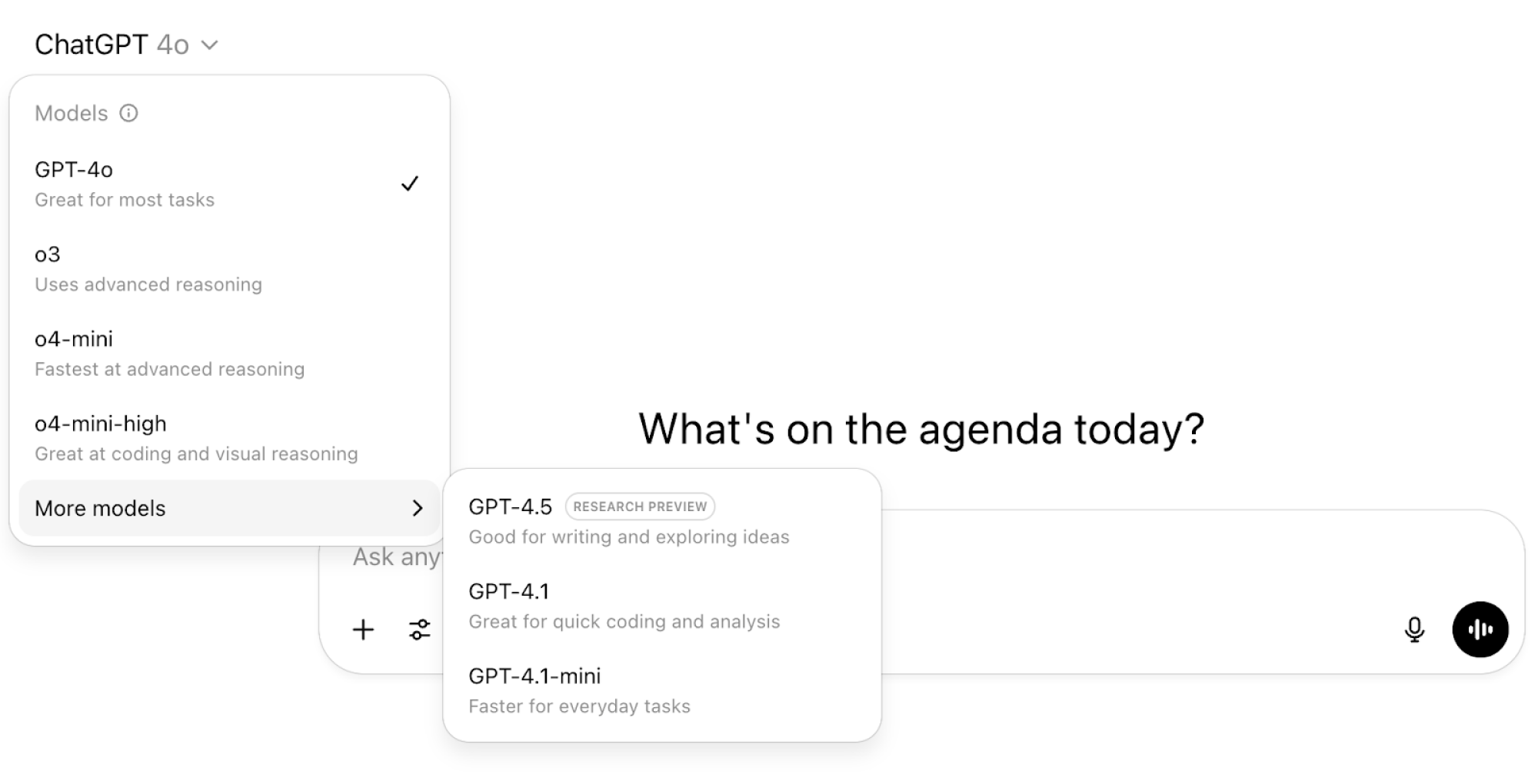
This article will provide insight into four of the current ChatGPT models and their practical applications in everyday tasks.
(Disclaimer: Ziff Davis, DailyHackly’s parent company, filed legal action against OpenAI in April, claiming copyright infringement related to the training and operation of AI systems.)
GPT-4o: The Everyday Virtuoso
Characterizing GPT-4o as the “everyday virtuoso” captures its versatility in managing daily queries and tasks. With capabilities that encompass text, image, and audio processing, this model stands as the recommended choice for those unsure about the appropriate GPT variant to deploy.
Recently, I discovered its impressive feature by uploading images of handwritten inventory lists for Xiang Li Art, my mother’s art business. GPT-4o efficiently extracted the necessary information, converting the images into a tidy and precise spreadsheet in mere seconds, thus streamlining the data entry process.
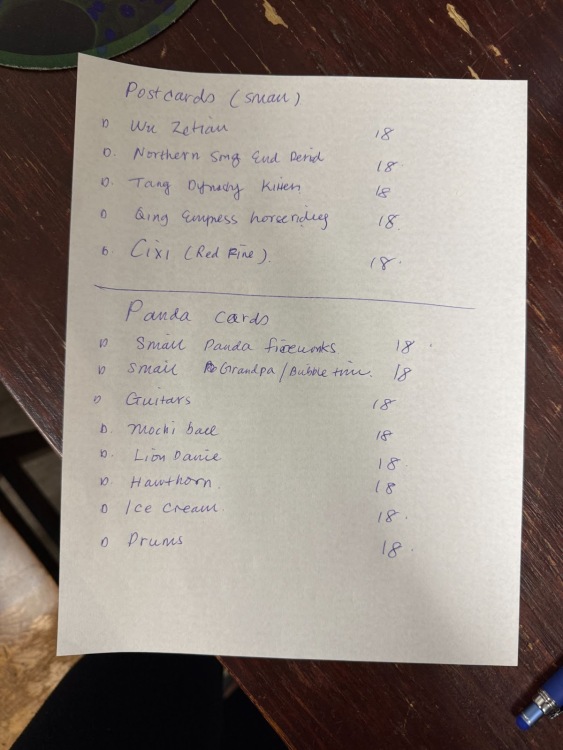
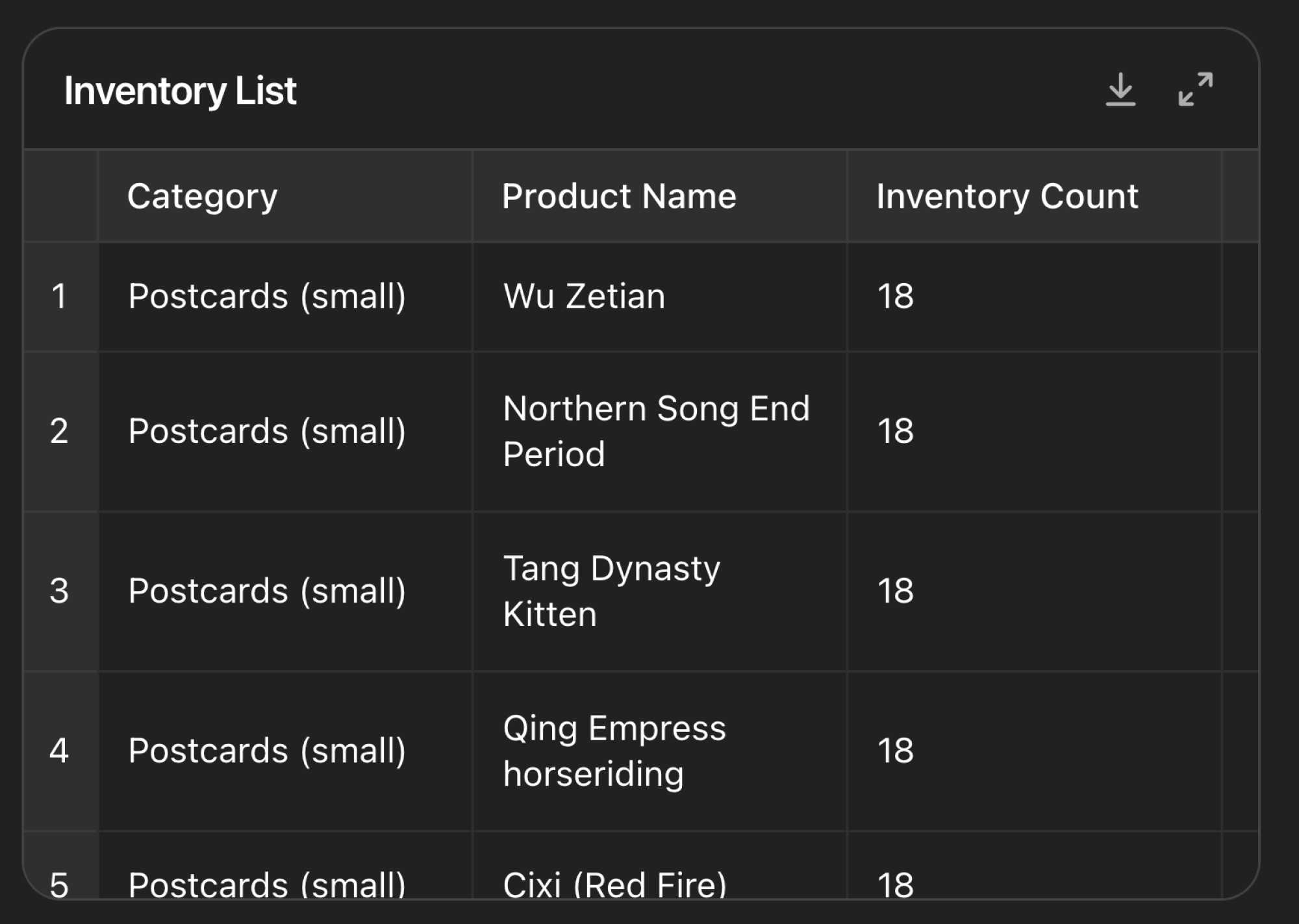
Additionally, GPT-4o facilitates voice translation between my Mandarin-speaking mother and my English-speaking partner, Adam. This feature can operate in real-time or assist with written documents by accurately preserving the nuances of both languages.
While the advanced voice option requires a subscription, a standard voice functionality is available in free plans.
o4-mini: Ideal for Quick Tasks
For users on the free tier, a daily limit may be reached swiftly with GPT-4o. In such cases, o4-mini serves as an excellent alternative for cost-conscious creators seeking rapid and reliable output.
This model is particularly useful for generating bursts of creativity, such as developing Instagram captions, formulating YouTube title variations, or crafting quick air fryer meal ideas with available ingredients. For less critical and urgent tasks, o4-mini is the preferred option.
OpenAI’s website states that the usage limit on o4-mini refreshes every five hours. It’s worth noting that this model is set to be superseded by GPT-4.1 mini across all user tiers.
o4-mini-high: Excellent for Detailed Context and Visual Analysis
In the context of Feisworld Media, o4-mini-high is utilized sparingly, mainly when long documents require analysis along with multimedia inputs, intricate charts, and diagrams. For processing workshop documents or transcripts, this model excels at extracting vital quotes and themes for highlight videos or articles. Note that o4-mini-high is not part of the free plan and necessitates a subscription to the Plus plan.
A recent instance of utilizing o4-mini-high involved analyzing complex art grant information for Xiang Li Art, which encompassed numerous web pages and PDFs. Given the often dense nature of grant applications, o4-mini-high demonstrates superior contextual reasoning and extended memory. It enabled us to efficiently identify applicable grants for Xiang Li Art and highlight her unique qualifications.
GPT-4.5: Perfect for Strategic Insights and In-depth Analysis
As part of the paid Plus plan, access to GPT-4.5 provides capabilities that are particularly beneficial for complex content creation and navigating situations requiring an acute understanding of tone and nuance. This model may not be necessary for everyday tasks or brainstorming, but it proves valuable when crafting intricate documents.
For instance, after using o4-mini-high to extract crucial details for a grant application, GPT-4.5 was employed to create a draft proposal that encompassed artistic statements, project descriptions, and engagement narratives. The focus was on weaving compelling stories, showing cultural awareness, and ensuring precision. GPT-4.5 significantly reduced the preliminary workload, allowing us to refine the details and finalize submissions more efficiently, resulting in an increased capacity for applying to multiple grants.
While ChatGPT models provide valuable assistance, they are not a substitute for the dedication required from artists and creators to succeed. Maintaining one’s artistic intuition and business savvy remains paramount. Consider ChatGPT as a tool for acceleration, helping to focus on what matters most in the creative process.
Concluding Thoughts
Whether drafting video scripts, translating conversations, or preparing grant proposals, various ChatGPT models are tailored for specific needs. Experimentation is encouraged to discover the right fit for varying tasks. It may take time to become familiar with these diverse models, but once users harness their capabilities for routine tasks, they can concentrate more on their creative endeavors. Regardless of the model or tier selected, these tools exist to enhance creative potential, not to replace it.



